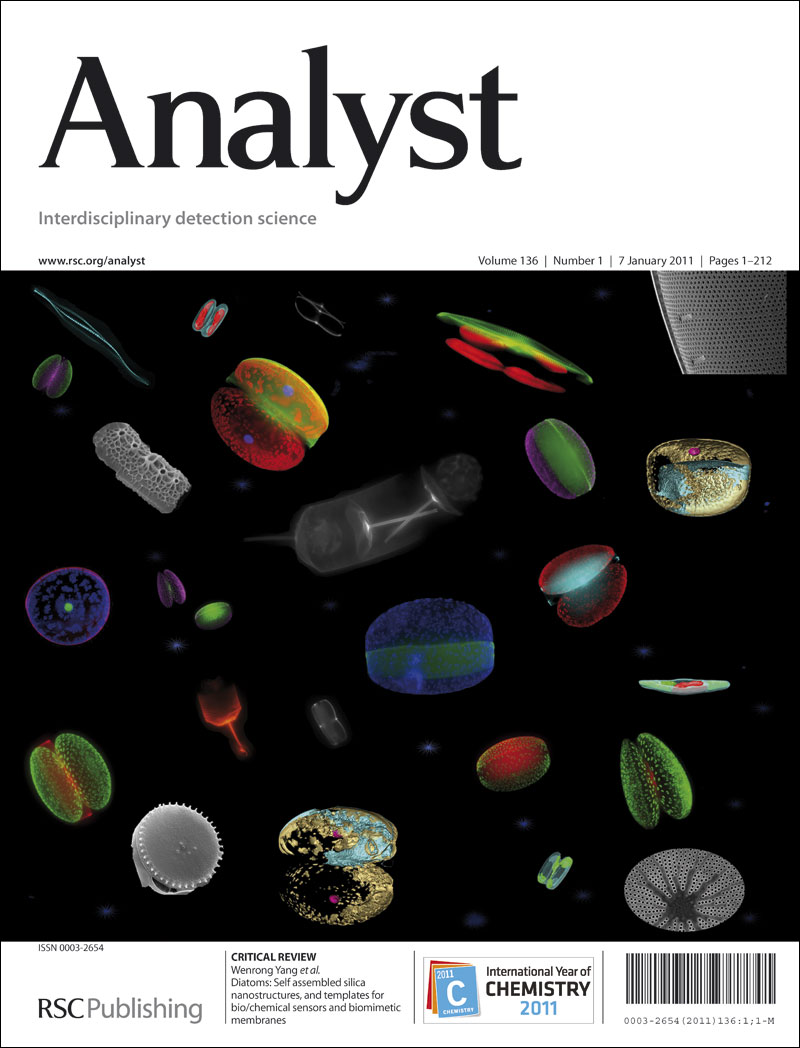A Novel Approach for Rapid Quantification of Food Supplement Components Using NIR Spectroscopy and Spectral Data Transfer
IF 3.6
3区 化学
Q2 CHEMISTRY, ANALYTICAL
引用次数: 0
Abstract
The global interest in food supplements is increasing, creating a growing demand for efficient and reliable analytical methods to assess mixture compositions. Near-infrared (NIR) spectroscopy has been widely employed for this purpose; however, traditional chemometric approaches, such as partial least squares (PLS), require a large number of calibration samples (typically 100–200), making the process time-consuming. To overcome this limitation, we propose the spectral data transfer (SDT) approach, which corrects calculated spectra derived from pure components to more accurately align with real measured spectra. The method was tested on a four-component food supplement containing Melissa officinalis, Hypericum perforatum, Passiflora incarnata, and L-tryptophan. By implementing SDT, we significantly enhanced the prediction accuracy of PLS models, reducing RMSEP for all components. Before SDT, RMSEP values were 5.26, 7.23, 20.43 and 9.56 for Melissa officinalis, Hypericum perforatum, Passiflora incarnata, and L-tryptophan, respectively, while they were 3.43, 2.03, 2.46 and 0.86 after SDT and preprocessing (2nd derivative) respectively. Validation using HPLC reference analysis confirmed the accuracy, robustness, and repeatability of the proposed method, demonstrating its effectiveness in advancing NIR spectroscopy for mixture analysis.一种利用近红外光谱和光谱数据转移快速定量食品补充剂成分的新方法
全球对食品补充剂的兴趣正在增加,对有效和可靠的分析方法的需求不断增长,以评估混合成分。近红外(NIR)光谱学已被广泛用于这一目的;然而,传统的化学计量学方法,如偏最小二乘法(PLS),需要大量的校准样本(通常为100-200),使得该过程非常耗时。为了克服这一限制,我们提出了光谱数据传输(SDT)方法,该方法对由纯组分导出的计算光谱进行校正,使其更准确地与实际测量光谱对齐。以含梅莉莎、贯叶连翘、西番莲和l -色氨酸的四组分食品补充剂为实验对象。通过实现SDT,我们显著提高了PLS模型的预测精度,降低了所有成分的RMSEP。SDT处理前,金莲、贯叶金丝桃、西番莲和l -色氨酸的RMSEP值分别为5.26、7.23、20.43和9.56;SDT处理及预处理(二阶导数)后,RMSEP值分别为3.43、2.03、2.46和0.86。HPLC参比分析验证了该方法的准确性、稳健性和可重复性,证明了该方法在推进近红外光谱用于混合物分析方面的有效性。
本文章由计算机程序翻译,如有差异,请以英文原文为准。
求助全文
约1分钟内获得全文
求助全文
来源期刊

Analyst
化学-分析化学
CiteScore
7.80
自引率
4.80%
发文量
636
审稿时长
1.9 months
期刊介绍:
"Analyst" journal is the home of premier fundamental discoveries, inventions and applications in the analytical and bioanalytical sciences.
 求助内容:
求助内容: 应助结果提醒方式:
应助结果提醒方式:


